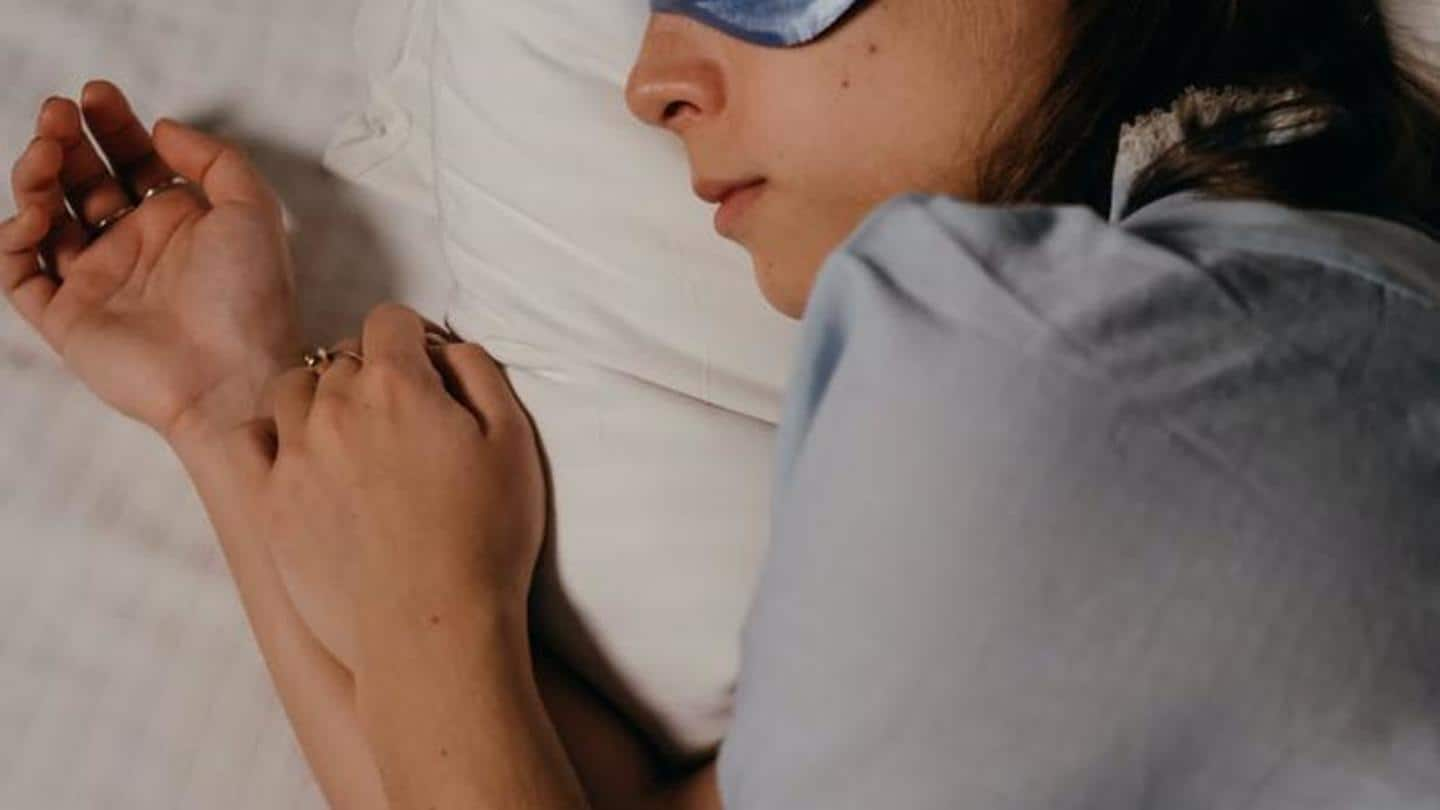
Various stages of sleep cycle and why they matter
What's the story
Although adults are recommended to sleep for at least seven hours at night, most of us fail to do so. Now, research also aims to find out how much of each stage of sleep we need. Within non-rapid eye movement (NREM) and rapid eye movement (REM) sleep there are five stages--drowsiness, light sleep, deep sleep, deepest sleep, and then dreaming.
#1
Non-REM (initial stages)
First, we are drowsy--a short-lived light NREM sleep. We might start to relax and dream, but also experience little jolts while transitioning into the next stage. Stage two is light sleep where we are moving toward steadier sleep. The muscles start to relax and our breathing and heartbeat slow down. Our body temperature drops, and the brain waves become less active.
#2
Deep sleep
Next, we enter deep sleep, when our breathing, heartbeat, body temperature, and brain waves are at their lowest. Our muscles are relaxed, and it's most difficult to wake up. Stage four, known as the healing stage, is the deepest sleep stage. Our tissue growth and repair take place during this stage. Important hormones get released for various tasks, and our cellular energy is reestablished.
#3
REM sleep (Stage 5)
About one and a half hours into sleep, the first REM cycle of the night begins and recurs every 1.5 hours. This is the stage where we dream. Our closed eyes move around a lot. The brainwaves match those of someone awake. Our heart rate and blood pressure also increase. Our limbs temporarily paralyze so we do not physically act out our dreams.
#4
Why is deep sleep important?
Deep sleep is extremely important for us, both physically and mentally. During this stage, your brain undergoes detoxification, the body recovers, blood sugar levels balance, the immune system is boosted, your brain processes what you had learned, etc. But you do not want to sleep too much either as it is linked to depression, obesity, heart disease, pain and heightened risk of death.
#5
Why is REM important?
REM stimulates the areas of the brain that help us with learning. It is also associated with the increased production of proteins. Babies can get up to 50% of their sleep in the REM stage. For most adults, REM takes up about 20 to 25 percent of sleep and is healthy. It is believed that dreaming helps us process emotions and solidify certain memories.